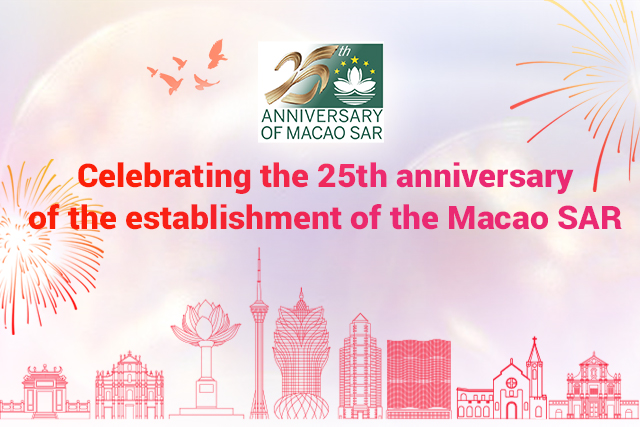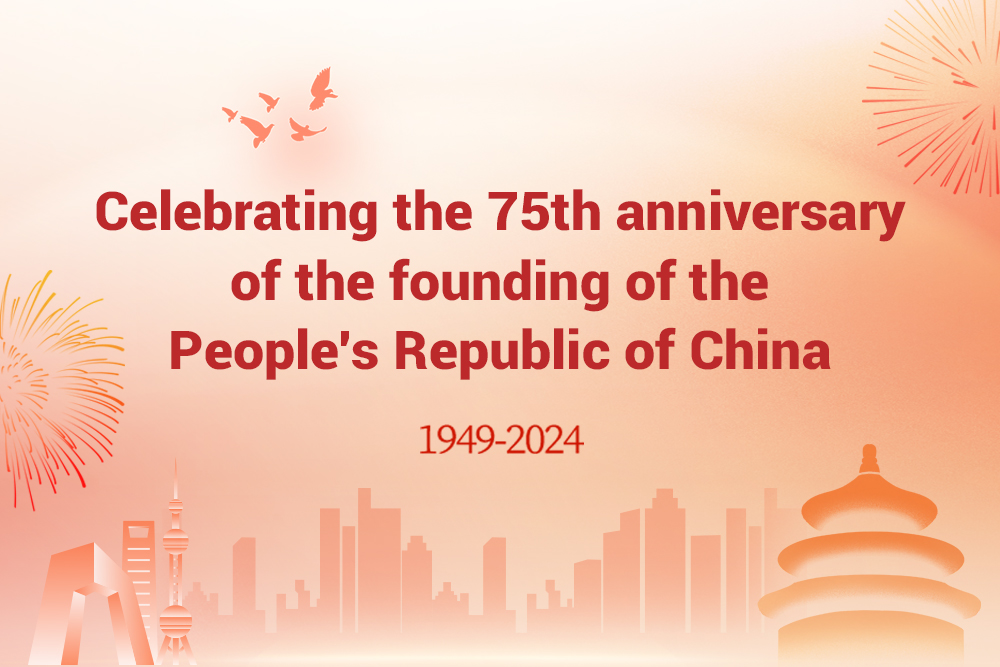Ethnic minority population sees significant rapid growth


The population growth rate of ethnic minority groups in China has been significantly higher than that of the Han ethnic group over the past decade, which shows that people from all ethnic groups have benefited from the nation's all-around development, according to the 2020 national census.
People from the Han ethnic group account for 91.1 percent of the total mainland population, according to data from the latest national census, which was published on Tuesday.
Compared with the previous census in 2010, the growth rate of the Han ethnic group was 4.9 percent, while that of other ethnic groups was 10.3 percent.
Between 2000 and 2010, the growth rate of the Han ethnic group was 5.8 percent while that of other ethnic groups was 6.9 percent, according to the national census in 2010.
The population in four of China's five ethnic autonomous regions has also increased over the past decade.
The Tibet autonomous region now has a population of 3.65 million, an increase of more than 21.5 percent compared with 2010, while the population of the Xinjiang Uygur autonomous region has increased by about 18.5 percent over the same period.
The Tibet regional government said previously that the growth in its population was a result of improvements in healthcare, especially in childbirth and efforts to prevent infectious diseases. About 91 percent of the population in Tibet are members of the Tibetan ethnic group.
- Across China: Village Super League inspires passion for football, life in ethnic communities
- Student honored for courageous act during earthquake
- Jiayu county thrives as 'China's Cabbage Town'
- Backgrounder: Basic facts & figures about epicenter of 6.8-magnitude quake in Xizang
- Mini Three Links passenger surges, Spring Festival expected to draw 200,000
- Chinese police crack 78,000 cases of economic crimes in 2024





































